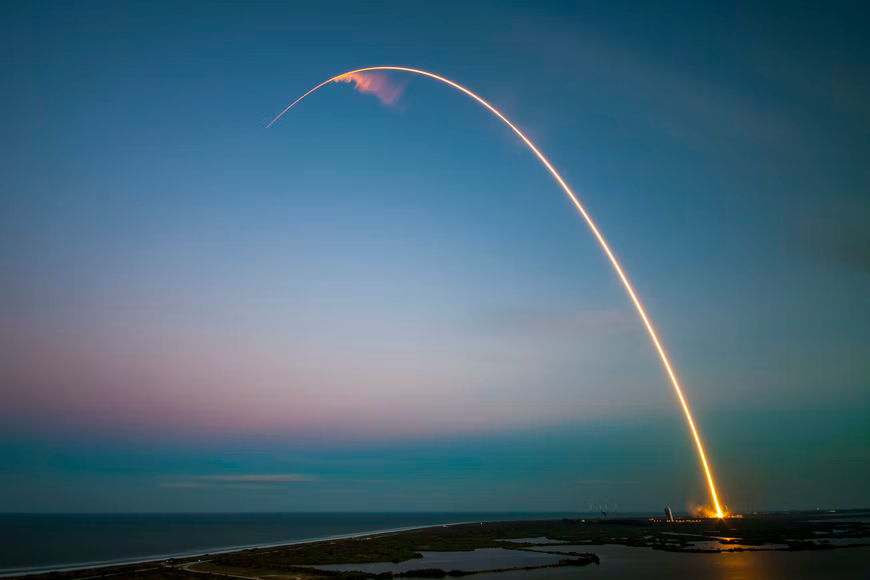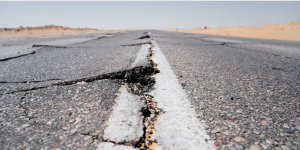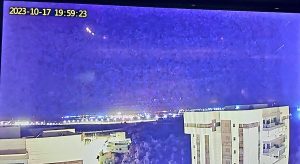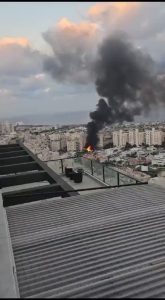The debris of a large Chinese rocket that was crashing back to Earth uncontrollably reentered the atmosphere over the Indian Ocean at about 12:45 pm ET Saturday, according to the US Space Command on Twitter.
The Chinese 23-ton Long March 5B rocket lifted off from Hainan Island at 2:22 pm local time Sunday, July 24, and safely docked with China’s orbiting outpost. Since then, the rocket has been in an uncontrolled descent through the Earth’s atmosphere, marking the third time China has been accused of failing to properly handle space debris from its rocket stage.
Also read: ISRO bags $279 million from global clients before Chandrayaan-3 launch
According to Jonathan McDowell, an astronomer at the Harvard-Smithsonian Center for Astrophysics, who spoke to CNN, “No other country leaves these 20-ton things in orbit to reenter in an uncontrolled way.”
NASA Administrator Bill Nelson said on Twitter on Saturday that China “did not share specific trajectory information” as the rocket plummeted back to Earth.
“All spacefaring nations should follow established best practices, and do their part to share this type of information in advance to allow reliable predictions of potential debris impact risk, especially for heavy-lift vehicles, like the Long March 5B, which carry a significant risk of loss of life and property,” Nelson stated.
Also read: Chinese rocket falling to earth: Should you be worried about debris crash
“Doing so is critical to the responsible use of space and to ensure the safety of people here on Earth,” he added.
The China Manned Space Agency announced in a statement that the remains of the rocket reentered the atmosphere at 12:55 pm ET Saturday.
The majority of the fragments were burned up during the reentry phase over the Sulu Sea, which is located between the islands of Borneo and the Philippines, according to the agency.
“What we really want to know is did any pieces actually end up sitting on the ground,” McDowell said. “That may take a little while longer for the reports to filter back.”
Also read: Why moon caves could provide perfect shelter for astronauts
Video posted online appears to show what experts believe are images of the rocket booster burning up in the atmosphere, but the authenticity of the video cannot be confirmed.
Vanessa Julan, a Malaysian citizen from Kuching, Sarawak, shared a video with the CNN network showing what seems to be rocket wreckage burning up. She stated that she shot the video around 12:50 am local time, which corresponds to Beijing time.







